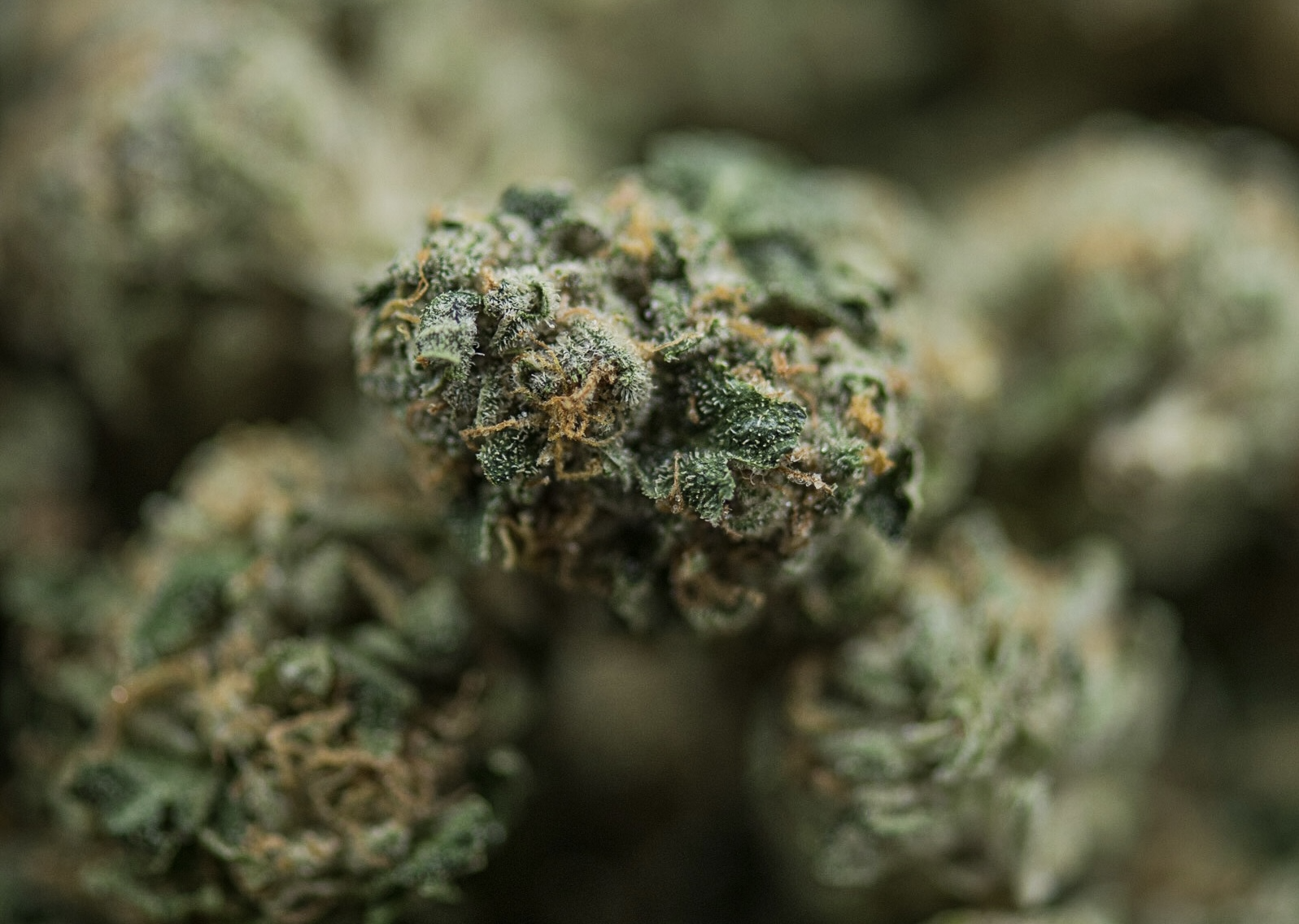
The History of Weed
The world of cannabis has changed drastically in the last 20 years. Having witnessed the increase and acceptance of recreational use in movies, television, music, and society, this change is obvious to almost everyone in the western world. What might be far less obvious is the significance of its historical acceptance and use of this medicinal and industrial plant. Let’s get back to our roots as we take a dive into the cultural history of cannabis.
Many people know that hemp has been used in textiles and various other industries in the modern world, but did you know that six thousand years ago people in ancient China started doing the same thing? A few thousand years later, hemp was used to create the word’s first paper. In fact, the first publications, including the Bible, were all made on hemp paper, and it wasn’t until the 19th century that processes were invented to turn wood pulp into paper. That’s just the tip of the bud. The history of the relationship between cannabis and humans is intricate and amazing, particularly for the generations of people who were led to believe some terrible lies about it.
The first archaeological evidence that exhibits deliberate cultivation and use of cannabis dates back nearly ten thousand years ago, in what is now Japan and China. At the time, cannabis was most likely harvested for seeds that were used for nutrition and to make oil for cooking. Additionally, findings show that cannabis was used for other purposes. Pottery from that era was crafted using hemp cords, indicating that cannabis was not just cultivated and consumed, but utilized and manufactured for a variety of reasons. The extent to which these ancient cultures used hemp is not clearly understood, but it is theorized that they were smoking it.
The invention of hemp paper nearly 2,200 years ago has radically revolutionized the world’s process of documenting history, communications, and publications of various kinds. Hemp paper also served as a perfect slate to further our knowledge of math, science, and art. For nearly 2,000 years hemp paper was the only known source of paper for most of the world. Papyrus, a material prepared in ancient Egypt had been used since 3000 BC. However, it was difficult to use and store, and would presumably be terrible for rolling joints. As it turns out, rolling papers weren’t invented until the 1500’s in Spain, near the start of the tobacco trade with the Americas.
Strong evidence shows that cannabis was utilized for a myriad of purposes in ancient Egypt at least 5000 years ago. This evidence indicates hemp was used to craft industrial products and rope, but there were presumably additional medical applications. Later writings indicate that ancient Egyptians believed cannabis would aid in remedying stomach problems.
 We have archeological evidence of ceremonial use of cannabis in Asia around 500 BC. This ceremonial use includes rituals performed by spiritual leaders or shamans, though we can’t be sure how exactly they felt about the use. Was cannabis used for its medicinal effects, or for the sensation that came with consumption? Around that time in Greece, we have the first historically documented “recreational” use. Herodotus, a greek historian, was born in 484 BC and wrote of the Scythians, a Eurasian culture, who used heated rocks to inhale the vapors of cannabis flower and seeds. However, this use of cannabis wasn’t overly inspirational to the Greek peoples of the time, who much preferred the intoxicating effects of wine. In fact, the first drug mirror the consumption of alcohol in European cultures was tobacco in the 1500’s.
We have archeological evidence of ceremonial use of cannabis in Asia around 500 BC. This ceremonial use includes rituals performed by spiritual leaders or shamans, though we can’t be sure how exactly they felt about the use. Was cannabis used for its medicinal effects, or for the sensation that came with consumption? Around that time in Greece, we have the first historically documented “recreational” use. Herodotus, a greek historian, was born in 484 BC and wrote of the Scythians, a Eurasian culture, who used heated rocks to inhale the vapors of cannabis flower and seeds. However, this use of cannabis wasn’t overly inspirational to the Greek peoples of the time, who much preferred the intoxicating effects of wine. In fact, the first drug mirror the consumption of alcohol in European cultures was tobacco in the 1500’s.
The first massive uptick in “recreational” cannabis use came in the form of hash or hashish, ya know the good stuff, around 800 AD. Hash was a trend that lasted nearly 1000 years before being criminalized. The use of hash originated in the middle east, where the rise of Islam had successfully dissuaded the masses from consuming alcohol. Interestingly, for most of a millennium, cannabis was cultivated and manufactured into a concentrate that was commonly used by almost all able-bodied adults.

It is clear that cannabis has been a significant staple of many ancient people and cultures, even though it has not always been accepted by governing entities. A handful of societies, such as Arabia in the 1300’s and Madagascar in the 1700’s, have made serious efforts to prevent their people from accessing and consuming cannabis. Things began to turn around when the Europeans started to get involved and were present in these countries. As Napoleon’s troops invaded Egypt at the end of the 18th century, they maintained a presence there for nearly four years. In that time, French soldiers could not find alcohol so they turned to cannabis. French officers considered such cannabis use to be a terrible thing, and attempted to ban the use to no avail. In fact, when the French left Egypt in 1801, French soldiers brought back as much hash as they could carry. Over the next century, more laws were created to discourage the sale and use of hash, with punishments including the removal of an offender’s teeth! Shops and cafes where hash was sold or manufactured were targeted and forcibly shut down.
Not surprisingly, there was still a high demand for cannabis, not only for consumption, but in the realm of research. Check out this report written by the British Indian government in 1894, titled Report of the Indian Hemp Drugs Commission. We’ll allow you the courtesy of interpreting these old timey English scientists’ dialect, but please by all means, read this in an old timey English scientist’s accent.
“Viewing the subject generally, it may be added that the moderate use of these drugs is the rule, and that the excessive use is comparatively exceptional. The moderate use practically produces no ill effects. In all but the most exceptional cases, the injury from habitual moderate use is not appreciable.”
Interpretation: Most people do not abuse cannabis, and they experience little or no negative effects. There may be some extreme cases of abuse, but if so, it’s very rare.
“The excessive use may certainly be accepted as very injurious, though it must be admitted that in many excessive consumers the injury is not clearly marked. The injury done by the excessive use is, however, confined almost exclusively to the consumer himself; the effect on society is rarely appreciable.”
Interpretation: A lot of people may still think there is a risk consuming cannabis, but there’s no real evidence to support that. Any argument against cannabis can only reasonably be made against the individual user, as there is no danger to society.
“It has been the most striking feature in this inquiry to find how little the effects of hemp drugs have obtruded themselves on observation.”
Interpretation: It’s crazy how this research has found little negative evidence.
These findings are 130 years old, and are not unique. At that time, many publications and science/medical journals supported the use and medical value of cannabis. Of course, we know that these endorsements couldn’t stop the inevitable prohibition of cannabis. In American history, farmers, including the founding fathers, were encouraged to grow cannabis. Despite popular modern myth, there is no evidence to support the notion that the founding fathers would have consumed cannabis in the manner we do currently. Industrial hemp contains such small traces of THC that consuming it would have been a less than enjoyable experience. Additionally, tobacco was the pride of American economics and the most widely consumed drug available in those times.
Cannabis was used before and after the American Revolution, but it wasn’t widely used in medicine until the mid-1800’s. During this time, we saw the rise of “druggists” and “snake-oil” salesman. This new medicinal cannabis industry was so prolific that there were approximately 2,000 patented cannabis medicines before the start of prohibition. Sadly, even if these medicines carried medicinal value, con artists who sold “cure-alls” to vulnerable people before skipping town would have deterred society from trusting such treatments.

By the early 1900’s there were several governing parties and campaigns that had vested interest in prohibiting the production and consumption of cannabis, and ultimately their efforts were successful. Once a few states made cannabis illegal, delegation began to sweep across the nation until, in 1937, when the government passed the Marihuana (a name they made up) Tax Act, which outlawed cannabis nationwide. That my friends, is a tale for another time. Take It Easy out there, we’ll cya High Up on Easy Mountain!
If you have any inquiries regarding cannabis or Missouri Medical Marijauna, please reach out to us online or stop by the Easy Mountain Medicinal Dispensary near the Springfield area in Republic, Missouri.










